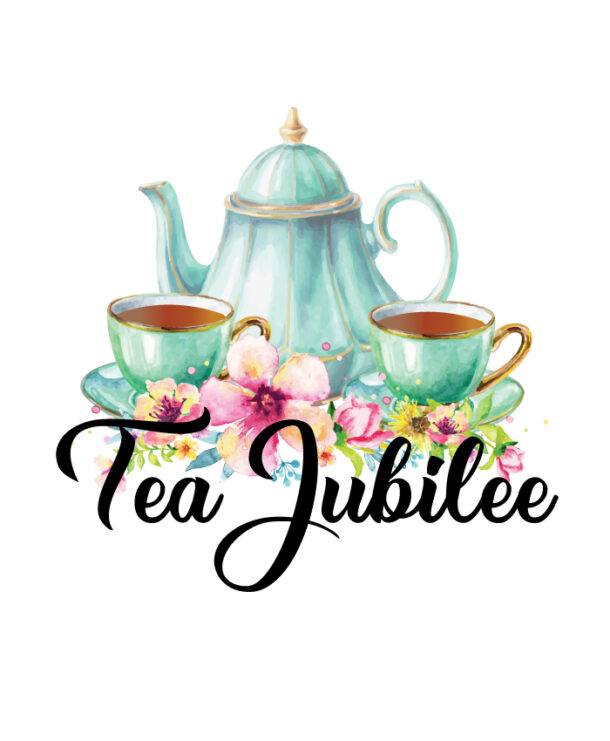==================
A Caveat and Affiliates
First off, a little caveat: within my articles you will find affiliate links, meaning if you buy them, I get a small commission. Your cost is not affected. In addition, I am an Amazon Associate and I earn from qualifying purchases on Amazon.
And yes, if I say that I recommend a product here, it means I truly believe it is a good product. I refuse to recommend any product that I have not researched and believe to be a good value.
Even better, I provide you with a very clear picture of the product, it’s use, and the probable value.
Earning your trust is important to me. I run this website myself and the commissions and donations help support the site.
Sound reasonable and fair enough? Let’s continue to the article.
==================
Contents
Unveiling the Secrets of Red Matcha Tea: A Comprehensive
Hello and welcome to tea jubilee. Today, I wrote this blog post about Red Matcha Tea, what it is, and whether it is even healthy. I have this post about the yummy red matcha tea, and I’ll talk about how you can make it at home and how it’s good to have every day.
Introduction to Red Matcha Tea
As an avid tea enthusiast, I’ve always been fascinated by the diverse world of tea varieties. Recently, I discovered the captivating realm of red matcha tea, and I’m excited to share my insights with you.
This comprehensive guide will delve into this unique tea’s intriguing origins, health benefits, and preparation methods and explore its differences from the more widely known green matcha.
What is Red Matcha?
Red matcha tea, also known as “koicha” or “ceremonial matcha,” is a rare and premium variety of the traditional Japanese green matcha tea. Unlike its green counterpart, red matcha is made from a specific cultivar of the Camellia sinensis plant, which is grown and processed uniquely to produce its distinct reddish-brown hue and robust, earthy flavor profile.
The Origins and History of Red Matcha
The origins of red matcha tea can be traced back to the Uji region of Kyoto, Japan, where the finest quality matcha has been produced for centuries. This cultivar, known as “Samidori,” is grown in the shade, just like its green matcha counterpart. Still, it undergoes a more complex processing method that involves steaming, drying, and stone-grinding the leaves into a fine, vibrant powder.
Health Benefits of Red Matcha
Red matcha tea is a delight for the senses and a powerhouse of health benefits. Like its green counterpart, red matcha is rich in antioxidants, particularly the catechin EGCG. It has been linked to numerous health advantages, such as improved heart health, enhanced cognitive function, and even cancer-fighting properties. Additionally, red matcha boosts metabolism and energy levels, making it a popular choice among health-conscious individuals.

Red Matcha versus Green Matcha Tea: What’s the Difference?
While green and red matcha teas originate from the Camellia sinensis plant, several key differences set them apart. The most notable distinction is the color and flavor profile.
Green matcha is known for its vibrant green hue and fresh, grassy taste, while red matcha boasts a reddish-brown color and a more robust, earthy, and slightly sweet flavor. Additionally, the processing methods for each variety differ, with red matcha undergoing a more complex steaming and drying process that contributes to its unique characteristics.
How to Prepare Red Matcha
Preparing a perfect cup of red matcha tea requires practice and attention to detail. Here’s a step-by-step guide to help you master the art:
- Gather your equipment: You’ll need a traditional matcha bowl (chawan), a bamboo whisk (chasen), and a small spoon (chashaku) to scoop the powder.
- Sift the red matcha powder: Use a fine-mesh sieve to ensure the powder is lump-free and evenly distributed.
- Add hot water: Pour freshly boiled water (around 175°F/80°C) and whisk vigorously in a zig-zag motion until a thick, creamy foam forms on the surface.
- Enjoy your red matcha: Savor the rich, earthy flavor and the vibrant color of your freshly prepared red matcha tea.
Recipes and Variations with Red Matcha
Red matcha tea’s versatility extends beyond the traditional preparation method. You can explore a variety of recipes and creative variations to incorporate this unique ingredient into your culinary repertoire. The possibilities are endless, from red matcha lattes and smoothies to baked goods and desserts. Experiment with different flavor combinations and discover your personal favorites.
Where to Buy Red Matcha
Obtaining high-quality red matcha tea can be more challenging than finding its green counterpart, as it is a rare and premium product. However, many specialty tea shops, both online and in-person, offer a selection of authentic red matcha teas sourced directly from Japan. Research and purchase from reputable vendors to ensure you get a genuine article.
Red Matcha: Myths and Facts
As with any niche product, there are often misconceptions and myths surrounding red matcha tea. Let’s debunk some of the common ones:
Myth: Red matcha tea is a completely different plant from green matcha. Fact: Both red and green matcha teas are derived from the Camellia sinensis plant but come from different cultivars.
Myth: Red matcha tea is less healthy than green matcha. Fact: Red matcha tea is just as nutritious as green matcha, with similar levels of antioxidants and other beneficial compounds.
Myth: Red matcha tea is only used in traditional Japanese tea ceremonies. Fact: While it has a long history in Japanese tea culture, red matcha tea can be enjoyed in various settings and contexts, from casual sipping to creative culinary applications.
Conclusion: The Power of Red Matcha
As you’ve discovered, red matcha tea is a remarkable and unique beverage with many health benefits, a captivating history, and a distinct flavor profile. Whether you’re a seasoned tea enthusiast or a newcomer to matcha, I encourage you to explore the wonders of red matcha tea and discover its transformative power for yourself.
Ready to embark on a sensory journey with red matcha tea? Explore our curated selection of high-quality red matcha products and unlock the secrets to a healthier, more vibrant lifestyle.
More From Tea Jubilee.
The Different Shades Of Matcha
The Health Benefits Of Pink Matcha Tea
The Ultimate Guide To Pink Matcha Tea
Seven proven health benefits of matcha
How to make matcha tea at home.
And that’s all for today.
Thank you for reading all about red matcha tea. Let me know what you think of this post by leaving a comment below and also share this blog post to social media so others can enjoy the benefits of red matcha tea.
Have a great day!




